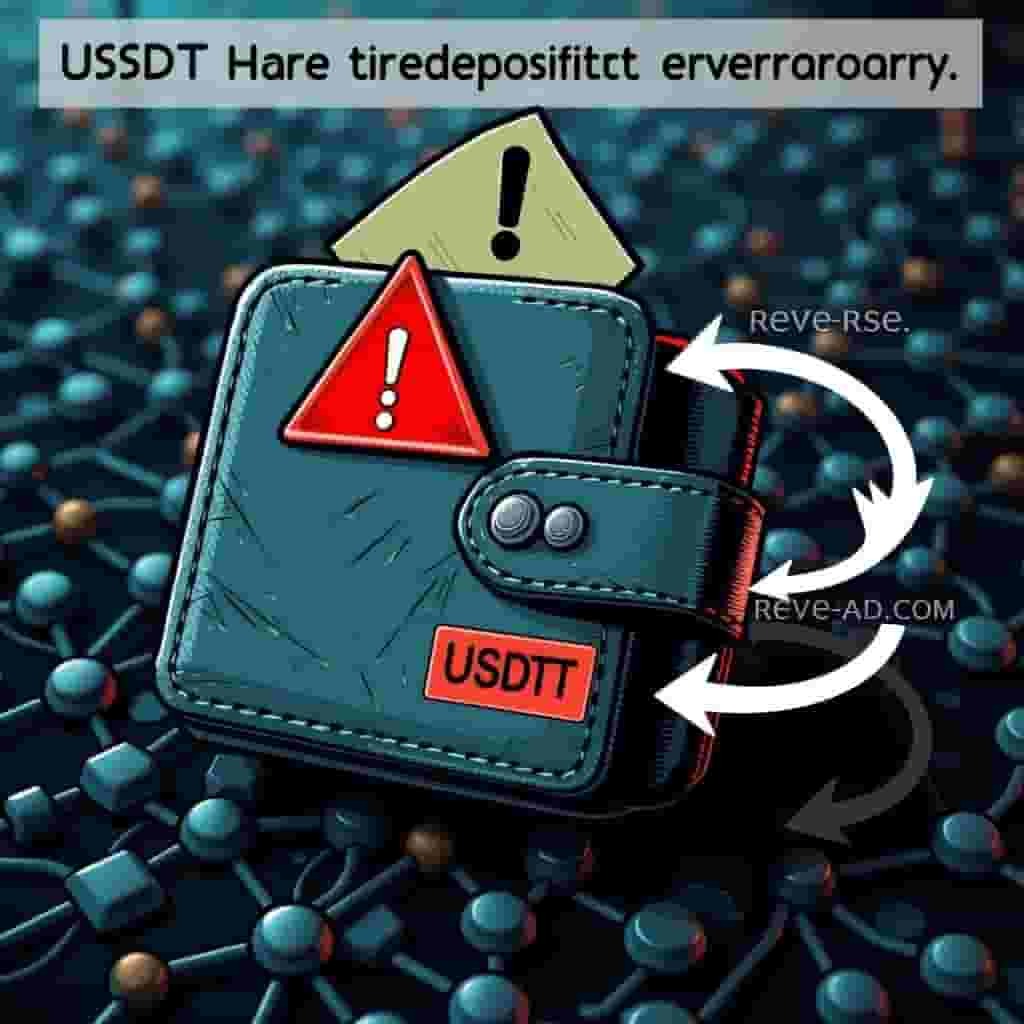Unlocking Bitcoin's Potential | Worth Every Cent
- 未命名
- 2025/10/02 07:30:51
- 0
Signals, setups and risk math you can use
Example
A small business owner decides to invest $1000 in Bitcoin. After initial research, they set clear goals of building a diversified investment portfolio while learning more about cryptocurrency. They start with this $1000, invest in a reputable crypto exchange, and keep track of the market trends through reliable news sources. Over time, they continue to educate themselves about Bitcoin’s potential and gradually increase their investment as their confidence grows.
Recap & Q&A
Question

I'm new to investing in Bitcoin. How do I start?
Answer
To start investing in Bitcoin, begin by researching the basics of cryptocurrency and understanding how it works. Choose a reputable crypto exchange platform where you can buy and store your Bitcoin. Set realistic investment goals based on your financial situation and risk tolerance. Once you have a basic understanding, you can start by investing a small amount of money.
The key is to take it step-by-step and continuously educate yourself about the market trends and opportunities in the world of cryptocurrencies.
Risk management you can actually use
- Risk per trade = account equity × risk% (e.g., 1%).
- Position size = risk per trade ÷ (entry − stop).
- Expectancy (E) = win_rate × avg_win − (1−win_rate) × avg_loss.
- Cap total portfolio risk; journal every trade.
A quick example
Account $10,000, risk 1% → $100 risk per trade. Entry $50, stop $48 → $2 risk/share → 50 shares. Target $54 (2R). If stopped, −$100; if target hits, +$200 (before costs).
How much capital do I need to start?
Use an amount you can afford to lose while learning a repeatable process.
How do I size positions?
Decide a fixed risk % per trade, then divide by the price distance to your stop.
How often should I review?
Match your timeframe: DAIly/weekly for swing; weekly/monthly for long-term.
What goes into my journal?
Thesis, entry/exit, risk (R), emotions, result, next improvement.
Sources & Signals (add before publish)
- Earnings or guidance: …
- MaCRO data or policy: …
- Sector flows: …
- Unusual volume/price action: …
